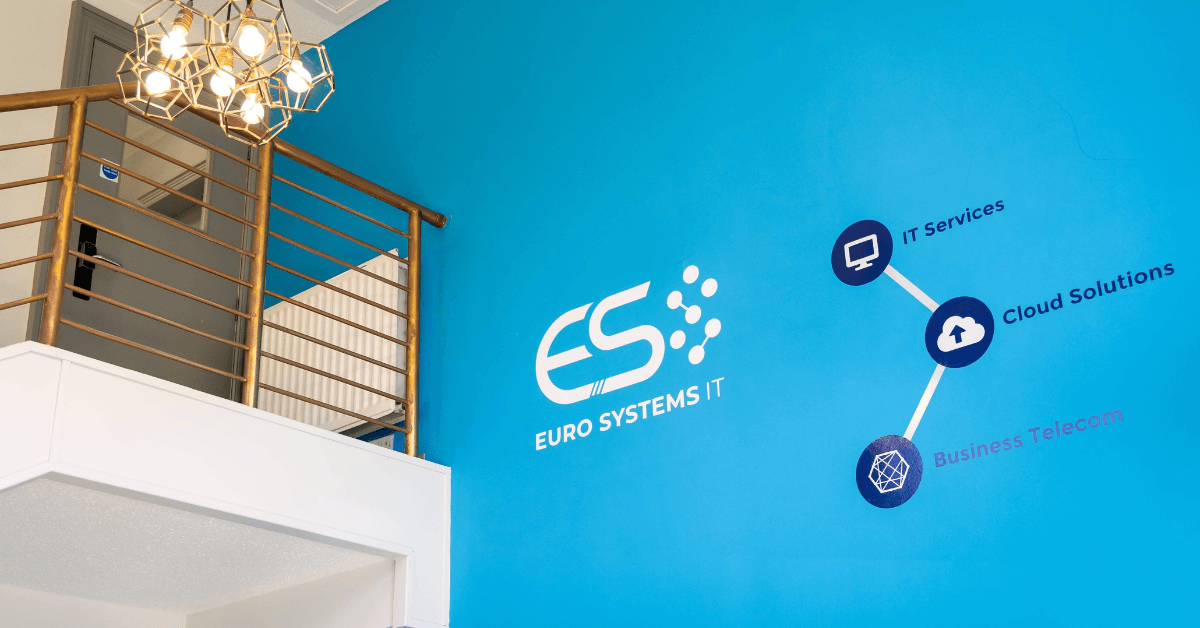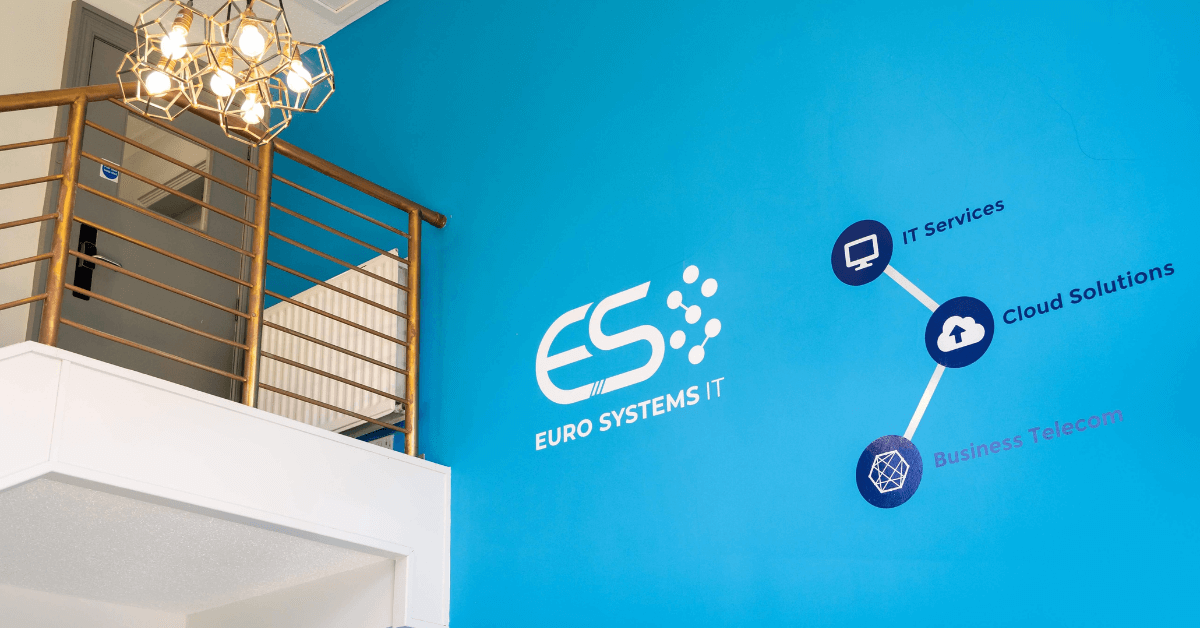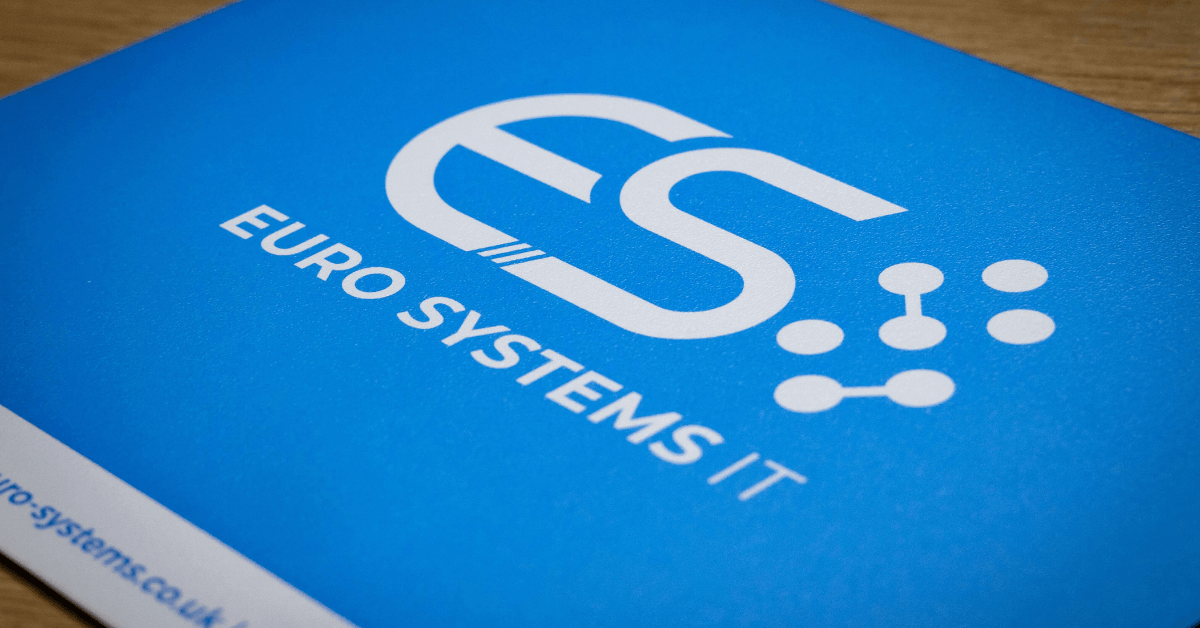
Switching IT service providers is a significant decision that can profoundly impact your business operations. Whether you’re seeking enhanced service quality, better alignment with your business objectives, or advanced technological capabilities, a well-structured transition plan is essential.
This guide outlines the critical steps and considerations to ensure a seamless switch to a new IT service provider.

The first step in transitioning to a new IT service provider is recognising the need for change. As businesses evolve, their own IT infrastructure requirements may outgrow the capabilities of their current provider.
Signs that it might be time to consider a switch include frequent system downtimes, slow response times, lack of proactive support, and misalignment with your business goals. Acknowledging these issues is crucial to initiating a transition that better supports your organisation’s growth and efficiency.
Begin by assessing your current IT service provider’s performance. Evaluate the quality of service and support they offer clients, focusing on factors such as response times, issue resolution rates, and system uptime guarantees.
Identify areas where they may be falling short and determine if these shortcomings are impacting your business operations. Understanding these aspects will help you decide whether a change is necessary.
Clearly define the reasons for considering a switch. Common issues include poor communication, inadequate response times, lack of scalability, or misalignment with your business goals. Assess whether your current provider is proactive in addressing issues and offering solutions. This clarity will guide you in selecting a new provider that better meets your needs.

Examine your existing contract to understand the terms and conditions related to termination. Look for notice periods, exit clauses, and any specific requirements or potential costs associated with ending the agreement. Being aware of these details will help you plan the smooth transition without unexpected financial implications.

When selecting a new IT service provider, consider the following:
Research providers with experience in your sector. Review case studies and testimonials from similar businesses to assess their expertise.
Ensure the provider’s services and expertise align with your current and future IT requirements, including infrastructure, technical support, and communication needs.
Review the SLAs to ensure they meet your business needs. Pay attention to response times, issue resolution commitments, and system uptime guarantees.
Assess the provider’s cybersecurity protocols, including data encryption, threat detection, and incident response strategies, to protect your business and data.

A well-structured transition plan is crucial. Develop a comprehensive strategy with timelines, milestones, and risk mitigation steps. Coordinate with both your current and new providers to ensure a seamless transfer of services and data. Consider factors such as data migration, system integration, and employee training to minimise disruptions.
Effective communication is key to a successful transition. Inform your staff and stakeholders about the upcoming change, explaining the reasons and benefits. Provide training and support to help them adapt to new systems and processes. Addressing concerns proactively will facilitate a smoother transition.
Coordinate the offboarding process with your current provider, ensuring they uninstall their software, remove equipment, and securely transfer all documentation to your new provider. Simultaneously, work with your new provider to implement their systems and services. This overlap helps minimise the risk of downtime and ensures continuity of operations.

Ensure that data migration is conducted securely and efficiently. Your new support should have robust protocols to migrate data without loss or corruption. Emphasize the importance of cybersecurity measures during the transition to protect against threats and ensure compliance with data protection regulations.
After the transition, continuously monitor the new provider partner’s performance. Regularly review their adherence to SLAs, response times, and issue resolution effectiveness. Provide feedback and address any areas for improvement to maintain a productive partnership.

At Euro Systems IT, we understand the complexities involved in transitioning to a new IT service provider. Our team of experienced professionals is dedicated to ensuring a seamless switch with minimal disruption to your business operations.
We offer tailored solutions that align with your unique business needs, backed by robust cybersecurity measures and comprehensive support. Partnering with Euro Systems IT means investing in a future-proof IT infrastructure that supports your business growth and success.
By following these steps and considerations, you can expect to navigate the process of switching IT service providers effectively, ensuring that your business continues to operate smoothly and efficiently.

Many businesses begin the switching process when their current IT provider no longer aligns with their business requirements and expectations. Common red flags include slow response times, limited support during technical issues, or reactive support rather than proactive solutions.
If your company’ IT infrastructure is outdated or you’re experiencing unresolved existing struggles, it may be time to assess your support agreement. A critical step is evaluating whether your existing service still meets your company’s expectations and growth trajectory.
When you’re ready to switch IT providers, it’s essential to assess each potential provider based on your specific business needs. Look for a managed service provider that offers a secure, scalable, and flexible IT environment, backed by a responsive help desk and transparent communication practices.
Check case studies and client testimonials to ensure the IT company has experience with businesses like yours. Also, ensure the services provider can handle your existing hardware, software, and network setup, while being proactive about data risks and compliance requirements.

Data security is a major concern during the transition process. A reputable IT service provider will ensure a secure onboarding process, helping you migrate data with minimal risk of data loss or corruption.
However, if your previous provider holds access to your systems, your new IT provider must work carefully to revoke access, avoid data breaches, and secure your infrastructure. Conducting thorough IT audits at this stage is highly recommended to spot vulnerabilities and ensure the safety of your sensitive business data.
One of the top concerns for business owners during the switching process is maintaining productivity. The best way to keep productivity and reduce downtime is to work with an experienced managed service provider that has a structured onboarding process.
They’ll create a detailed roadmap for migrating your IT services and systems while maintaining business continuity. This stage includes reviewing existing software, checking hardware compatibility, and transitioning access rights without interrupting day-to-day operations.

Your current support agreement or service contract will typically outline the notice period required to terminate services. This period can range from 30 to 90 days, depending on the terms. During this time, it’s important to communicate clearly with both your existing provider and new IT provider.
Make sure all services are documented, passwords and credentials are accounted for, and any IT infrastructure or hardware owned by the previous provider is scheduled for return or replacement.
A provider who doesn’t take time to understand your business requirements can’t provide effective support. During your evaluation of IT providers, prioritise those who perform initial IT audits, ask about your goals, review and audit your current, IT infrastructure and environment, and offer tailored solutions.
Avoid providers who propose one-size-fits-all services. Your new IT provider should be your partner, not just a vendor, working to align your technology with long-term objectives while staying responsive to day-to-day technical issues.
Changing support providers involves several risks, especially related to data, access control, and service continuity. If the switch is not handled properly, you could face data breaches, compatibility issues with existing software, loss of critical business information, or gaps in support.
These risks can be minimised by choosing a services provider that prioritises security, has a proven onboarding process, and can coordinate directly with your previous provider to ensure a smooth and secure handoff.
The timeline varies depending on the complexity of your IT infrastructure, the state of your current technology, and the responsiveness of both your existing service and new provider. For many businesses, the switching process can take anywhere from a few weeks to a couple of months.
This includes the audit, transition planning, hardware setup, network configurations, and thorough testing. Patience and planning are key, rushing the transition process can increase risk, especially when transferring access, securing systems, or dealing with legacy systems from your previous provider.

Get in touch and a member of our team will get back to you as soon as possible:
"*" indicates required fields